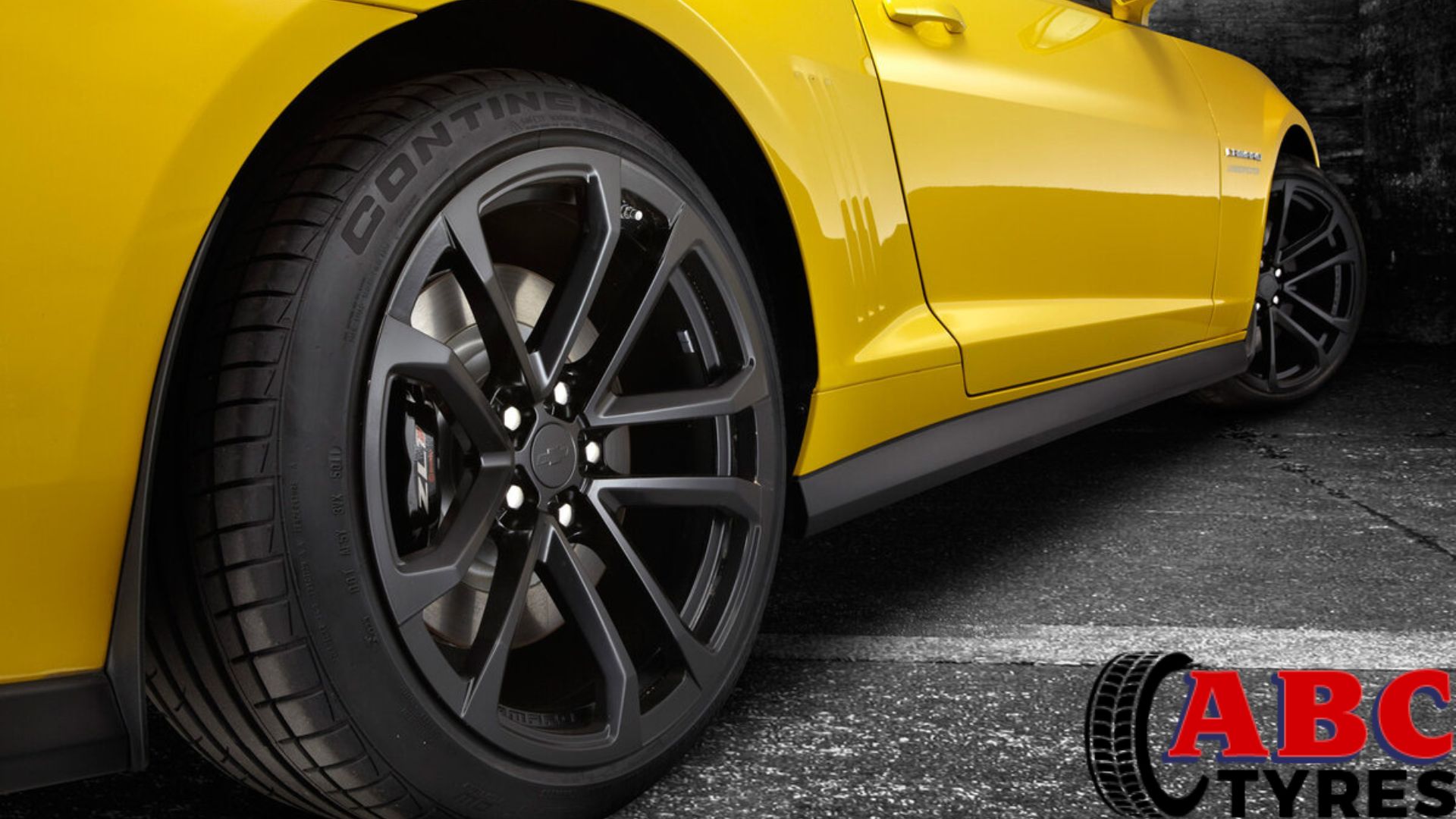Do Low Rolling Resistance Tyres Actually Work?

The tyres that have Low Rolling Resistance (LRR) have become the most demanding choice for most drivers these days. The low rolling resistance is directly related to fuel consumption. The better rolling resistance means satisfactory fuel efficiency and reduced emissions. The tyres engineered to reduce the vehicle's rolling resistance are marked as best-selling tyres these days. These tyres are designed to reduce the energy lost in the heat and the deformation when the wheels roll. Therefore, the vehicle needs less effort to perform. The simple thing we need to keep in mind is that less resistance equals less fuel consumption.
But the question that must have arisen in the mind of most drivers. Are these tyres a game changer in saving fuel? The following blog will discuss every significant aspect of low-rolling resistance tyres.
How Do Low Rolling Resistance Tyres Work?
Tyres Coventry, designed to contribute to low rolling resistance, is very popular today. These tyres are made with special rubber compounds and optimised construction. Unlike standard tyres, which generate significant resistance because of their material composition and tread depth, the LRR uses silica-infused compounds, which reduce energy consumption whenever the wheel rotates. These tread patterns minimise tyre friction with the road while gripping.
If we talk about the sidewall stiffness, these tyres usually have firmer sidewalls, which reduces excessive deformation. When a tyre deforms too much under the vehicle's weight, it might increase the rolling resistance. This process may lead to more fuel consumption. The LRR tyres may contribute to a smoother and more effective drive by minimising the deformation.
Do These Tyres Actually Improve Fuel Efficiency?
The fuel consumption is the primary concern of most drivers. The drivers go for the tyres with LRR for fuel efficiency, as these tyres quickly escalate this concern. The worldwide survey has shown the best result of opting for the low rolling resistance vehicle. This also shows that these tyres have improved the fuel economy by approximately 3% to 5% and this statistic also depends on the tyre of the vehicle and the driving style. This may be seen as a significant improvement, but over time, it can be marked as an evident savings.
This is mainly true in the case when drivers go for long drives. Regarding electric vehicles, the LRR makes the most remarkable contribution to its customers. As the EVs depend on the battery power, the LRR means extending the driving range. Some reports indicate that the LRR can add more miles without compromising the pocket.
Are they comparable with the Standard tyres in Longevity?
The LRR tyres claim to have an extended lifespan compared to the standard tyres because they have unique rubber compounds. The low rolling resistance means less build up of heat, which means less wear and tear. Some drivers have stated that these tyres survive more than the standard tyres in providing several miles. Nevertheless, this depends on the driving habits, road conditions and the tyre maintenance. If a driver constantly drives over the rough roads and the extreme temperatures, then the lifespan of the tyres can be negligible or not come under the contrast.
If you drive safely on the cheap Tyres Coventry, these budget-friendly tyres will also last for more miles. Another thing a driver should know is that the tyres must be adequately inflated and rotated regularly to maximise their durability.
Who Benefits the Most from Low Rolling Resistance Tyres?
The LRR tyres offer various benefits to many drivers, especially those who make their driving efficient and comfortable.
1. This is recommended for high-mileage drivers who regularly cover long distances and need meaningful fuel savings.
2. Electric vehicle drivers can also opt for the LRR. As it maximises the battery range for the efficiency boost.
3. This benefits environment-friendly tyres that aim to reduce their carbon footprint because of lower emissions.
4. The fleet operators can install these tyres to reduce fuel expenses on such commercial vehicles.
Those who install these tyres may not notice their benefits, but this can make a remarkable remark on your pocket. This is highly recommended for drivers driving on urban streets requiring frequent stops and starts.
Do They Justify Their Higher Price?
Saving money on small things can have a big impact in the future. The major consideration of most of the buyers is the cost of LRR tyres. They seem to be expensive tyres, but they are made with advanced materials and technology. However, the fuel savings eventually help with the initial investment in the long term. If the low rolling resistance improves fuel efficiency by 4%, it can greatly affect your savings. The driver can save 20 gallons of fuel annually by this number if a driver covers 15,000 miles per year with 30 miles per gallon of fuel.
The drivers can reach the above number with much savings. Over the decades, these savings can make up for the higher purchase price. The financial benefits can make a big difference for daily commuter drivers.